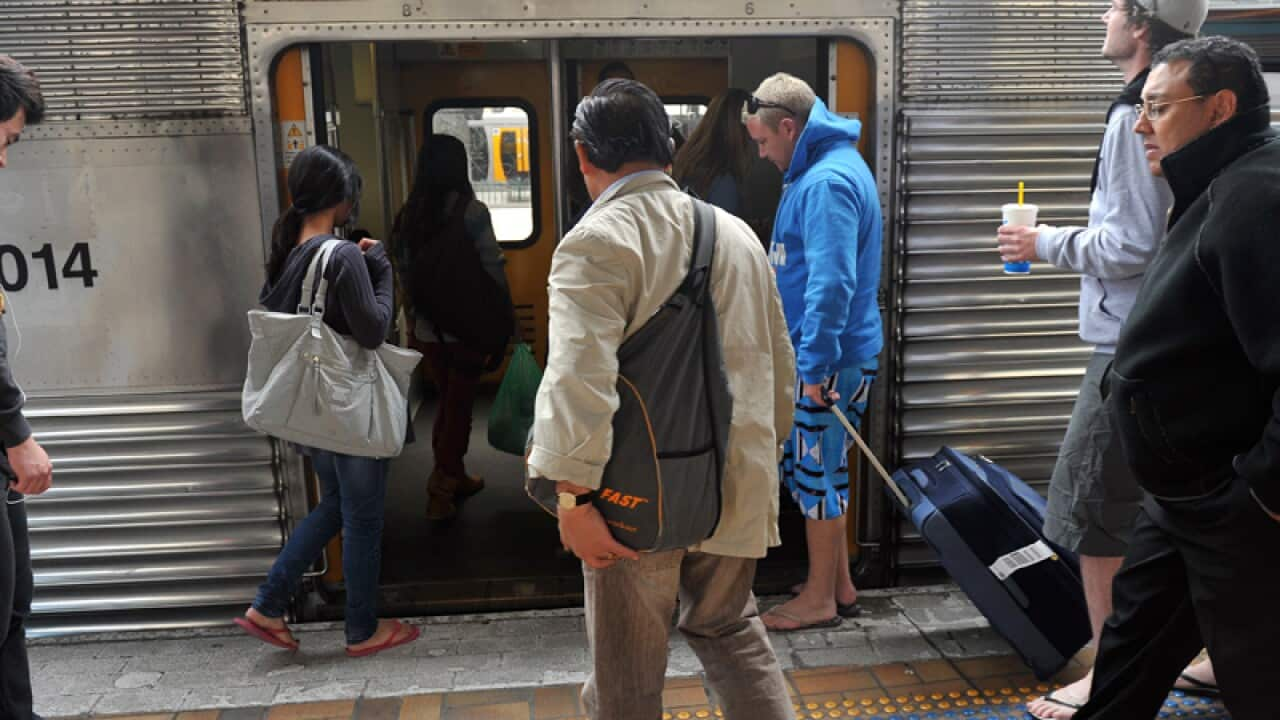Over the years, so many “facts” have been casually dropped about Australia’s migrant population that are just wrong.
Here’s a quick guide that might come in handy at the water cooler or BBQ stopper (with the help of the ).
All Arabic speakers come from the Middle East
Wrong. Two in five (41 per cent) of Arabic speakers were born in Australia, while the next largest countries of birth for Arabic speakers are Lebanon (23 per cent) followed by Iraq (9 per cent).
All Arabic speakers are Muslims
While 52 per cent of Arabic speakers in Australia nominated Islam as their religion in the last Census, 42 per cent practised Christianity. And I have it on good authority that all Muslims aren’t terrorists.
If we’re talking about the proportion of communities who nominated their faith as Islam then some of the highest proportions are Urdu speakers (96 per cent) and Turkish (88 per cent).
Cantonese = Traditional Chinese, Mandarin = Simplified Chinese
It’s a rough rule of thumb, but it’s wrong. In the 1950s, China “simplified” the written characters by reducing the number of strokes used. Given Mandarin is the official language of China, many equate Mandarin with Simplified Chinese.
That would ignore people from Taiwan who speak Mandarin and still use Traditional Chinese characters and the Mandarin-speaking diaspora who still use traditional characters. In Australia, over 90 per cent of the print publications are in Traditional Chinese with Mandarin and Cantonese-speaking readership.
The misunderstanding arises because the majority of Cantonese speakers are assumed to come from Hong Kong and they use traditional Chinese characters. In fact, according to the Australian Census, a quarter of those born in China, speak Cantonese – that means they speak Cantonese and use simplified Chinese.
Fact: Cantonese and Mandarin are spoken forms of Chinese, traditional or simplified Chinese are written forms. There isn’t a one-to-one correlation between the written and spoken Chinese.
And while I’m at it, Mandarin and Cantonese aren’t the only languages spoken by Chinese Australians; there are more than 51,000 people in Australia who speak other Chinese languages including Min Nan, Hakka and Wu.
All people from India speak Hindi
English is the most spoken language in the home for Indian-born Australians (28 per cent) closely followed by Hindi (26 per cent) and Punjabi (25 per cent) and Malayalam (9 per cent).
Italians live in Leichhardt
Wrong. Leichhardt’s postcode, 2040 ranks 8th for Italian speakers in NSW. The top three postcodes are 2046 (Canada Bay), 2176 (Bossley Park, Edensor Park) and 2770 (Liverpool).
Twenty-five per cent of Australians were born overseas
Technically, it’s correct, but often used in the wrong context. According to the last Australian Census (2011), 5,284,502 Australians were born overseas, making up 25 per cent of the Australian population. But that includes Australians born in the UK, USA, Canada and NZ. Factually correct if that’s disclosed, but when used to support translating communications to migrants, it’s misleading (unless you have the urge to translate into Gaelic).
If we just looked at people who spoke a language other than English at home, the figure is 18 per cent. Not inflated but still respectable.
Forty-three per cent have one parent or both parents born overseas
Again, huge number but it’s misleading for the same reason.
There are so many rational reasons why marketers and governments should be communicating with Australia’s diverse population. But those reasons should be grounded in appropriate facts.
served as a local councillor in Fairfield for nine years (1999-2008). He is managing director of IDENTITY Communications, part of IPG Mediabrands, and publishes the food blog.
MORE FROM THE AUTHOR

Comment: Why I don’t label people as racists



